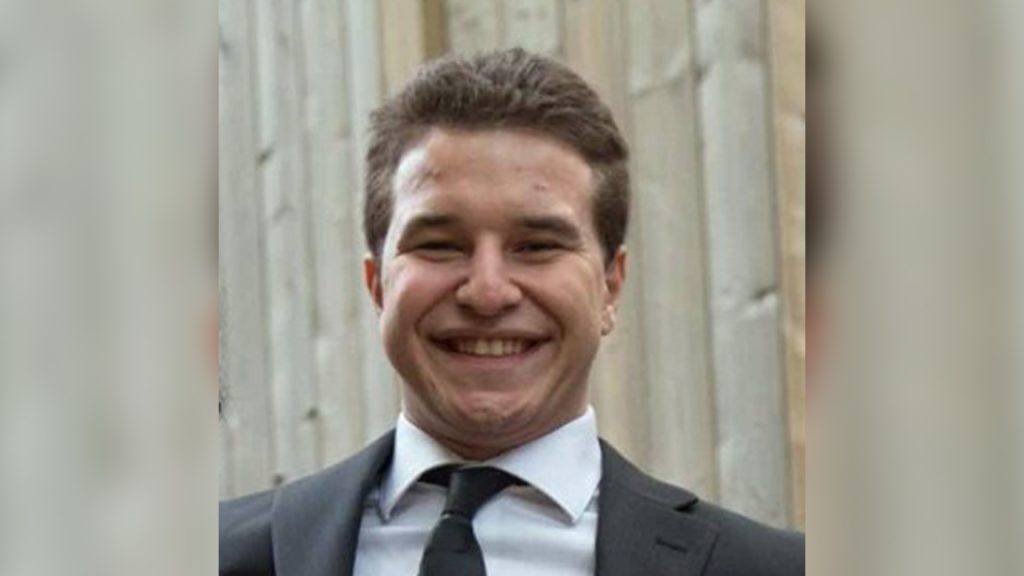Authorities On Trail Of Cory Lidle Plane Crash Cause
Posted October 12, 2006 12:00 pm.
This article is more than 5 years old.
They have a lot of work ahead of them and they may never know everything.
But investigators with the U.S. National Transportation Safety Board (NTSB) have found the instrument panel, the pilot log book and a damaged memory chip from the plane that New York Yankees pitcher Cory Lidle and his flight instructor crashed into a New York condo Wednesday.
The nose, tail, wings and the rudder from the doomed craft have also been located and the hunt continues around the Manhattan neighbourhood for hundreds of other missing parts.
Authorities have been picking through the wreckage of the Cirrus SR20 to find out how it went so horribly off course. Officials made a terrible discovery in the early hours of their probe – whatever was left of the bodies of both men fell to the street after the accident.
The propeller broke apart from the engine and landed on the floor of an apartment. “Early examination indicates that the propellers were turning,” suggests NTSB spokesperson Debbie Hersman. “That would have meant the power was going to the propellers”, likely ruling out engine failure.
But the Board notes it’s simply too soon to conclude anything, and nothing is off the table.
“We’re looking at the aircraft, we’re looking at structures, we’re looking at systems, we’re looking at operations, we’re looking at weather, we’ve taken fuel samples, we are looking at the condition of the aircraft, mechanical issues, operator issues – all of those are part of our operation.”
Lidle had only received his pilot’s license in the off-season before the crash, and told reporters he wasn’t afraid of taking to the skies, noting, “I feel very comfortable with my abilities flying an airplane.”
It’s not clear who was piloting the craft at the time of the crash, but the flight instructor has been identified as Tyler Stanger of Walnut, California.
Most of the apartment residents have been let back into the Belair, but the 39 th through 41 st floors were gutted by the fire that followed the crash, and they’ll need extensive repairs before anyone can come home.
The building is home to a high-end clientele, consisting of doctors, lawyers and even Carol Higgins Clark, the daughter of famed mystery writer Mary Higgins Clark.
There are 183 residences in the condo, and many sell for $1 million or more.
It’s a stunning thought – an athlete paid mega-millions of dollars to play a sport is allowed to take a chance and fly his own plane.
Why do the major leagues allow it? The fact is, some don’t. Here’s a look at the policies of each league when it comes to taking a chance with their million dollar men.
Major League Baseball
They obviously allow it, as Lidle’s final ill fated journey will attest. But not everyone has the privilege. Each player must have it specifically written into his contract that he’s allowed to fly his own plane or participate in what might be considered a dangerous activity.
But baseball has provided itself with an out – many teams have provisions that if a player gets injured or killed in an extracurricular hobby during the season, he loses the money remaining in his deal.
Lidle’s $6.3 million, two-year contract with the Phillies came to him despite his trade and the accident, because he finished the season before his death.
NHL
Risk taking in the continent’s roughest sport is allowed but is subject to each player’s own contract. “It can be the subject of individual negotiation,” deputy commissioner Bill Daly assures, but adds most deals prohibit players “from engaging in other dangerous sports.”
NBA
Player contracts specifically prohibit “operating an aircraft of any kind” without the written consent of each individual team.
NFL
A standard National Football League contract is very plain. It states explicitly that players can’t “engage in activities other than football which may involve a significant risk of personal injury” without previously cleared written consent from the team.
There are a lot things that go into getting a pilot’s license in Canada. Here are the basics.
Requirements
- 17 years of age at time of licence application
- Must hold a category 3 or 1 medical certificate
- Completed a minimum of 40 hours of ground school on specified topics
- Completed 45 hours of flight training including all designated exercises
- Successfully pass a written exam with Transport Canada (pass mark: 60%)
- Successfully complete a flight test to the standard outlined in the Flight Test Guide
Privileges and restrictions upon completion
- May act as pilot-in-command of any single engine, non-high performance, land aeroplane
- May carry passengers (as per aircraft limitations, subject to currency requirements)
- May not fly for hire (including carriage of passengers or cargo)
- Limited to day, VFR flight conditions
- May obtain Night, Instrument, Float, Multi-engine, and VFR Over-the-top ratings
(Wikipedia)










